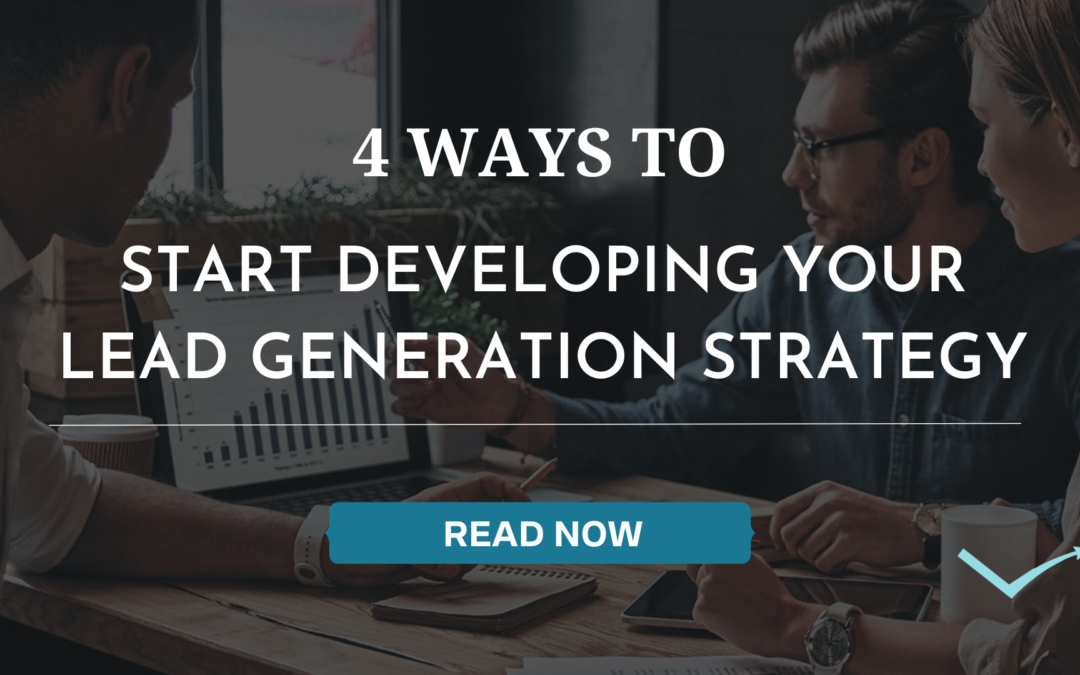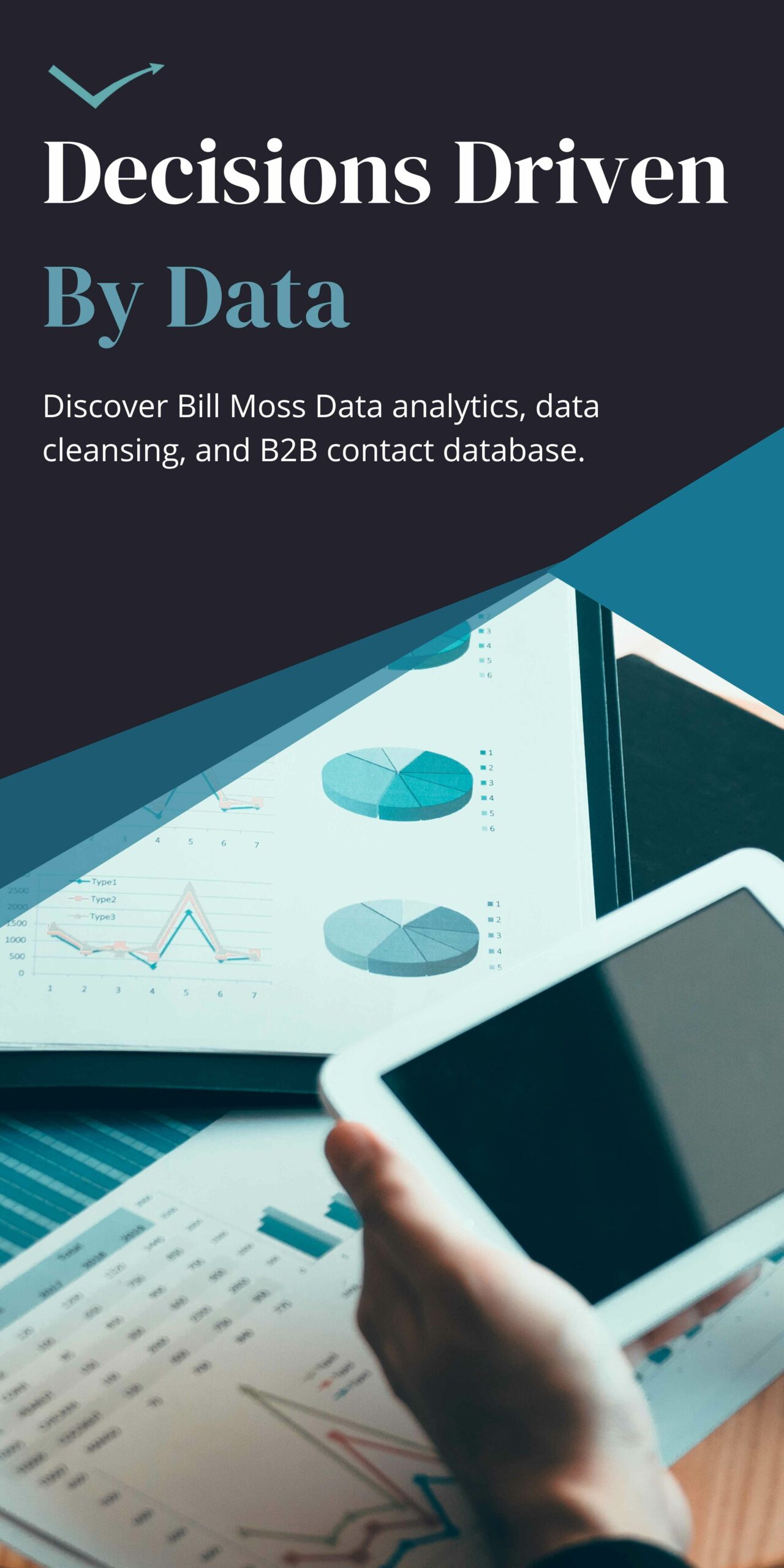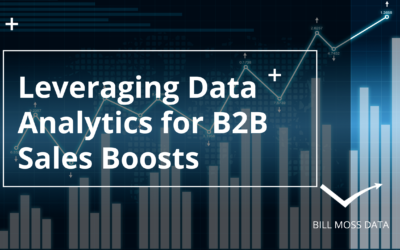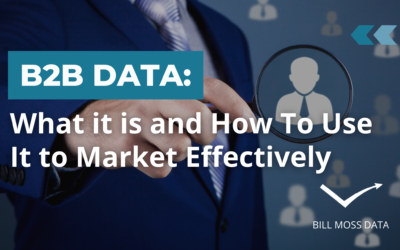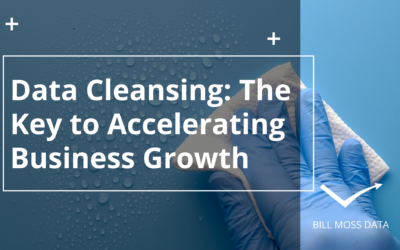Written by Maya Perez
November 14, 2022
A good lead generation system makes it easier for businesses to grow and develop their lines of revenue. Companies of any size can gain exposure, attract prospects, and guide them easily toward a purchase, while freeing up more time to develop the next best version of your business.
While lead generation has been considered a heavy investment in past, it has become more widespread due to the massive amounts of data available. Small businesses can easily collect specific data about potential buyers in specific industries, then tailor their marketing methods to individual prospects’ needs in order to minimize marketing spend while maximizing its value.
Search Now: Our Industry Specific Full Contact Database
In today’s blog, we’ll go over what lead generation is, four different methods you can start on in your business right now, and then some final resources for further expanding on industry specific lead generation.
What is Lead Generation?
Before we can jump into why lead generation is important, first we must understand what exactly makes a lead, well, a lead. Lead generation is essentially a businesses’ process of drawing in potential customers to increase their sales in the future. As such, lead generation becomes an essential element of a business growing and acquiring new customers. If you reach out to someone and that person expresses an interest in your products or services, congratulations! That’s a new lead!
But you must be careful, not everyone you speak to will exactly be a lead 100% of the time. A business lead is someone who has shown interest in your products or services but may or may not yet be qualified to buy. Leads are potential customers with whom a company has not yet done business, but who have given reason to believe they may want to in the future.
Each person you’ll connect with has their own product preferences and needs, and even well-seasoned marketers can fall into the trap of trying to promote their brand’s products to too large of a general audience without any knowledge of their target customers.
Lead generation at its core becomes the unique process of attracting a likely prospect and then converting them into someone who has a genuine interest in your company’s products and services. Lead gen strategies generally include the use of outbound marketing tactics such as:
- Email marketing
- Social media marketing
- Networking
- Cold Calling
- Live events and seminars
- Direct mailing
And these are just a few strategies that you can use to attract customers to your business. Most companies engage in at least one of these methods of outbound lead generation, though some tactics work better than others depending on the industry.
Why is Lead Generation Important for Businesses?
Lead generation isn’t just a hot topic; it’s an essential part of overall strategy for businesses to grow and maintain a presence in the market. High-quality leads can assist companies in boosting sales and ROI. However, some companies still choose to go for quantity over quality when it comes to leads. It is entirely possible to make sales by marketing products to a wide general audience, but that type of sales method just tends to take significantly more time and resources than implementing a legitimate lead generation strategy.
Most businesses, especially small businesses, have limited resources in terms of time, money and people – particularly on the marketing and sales side. Because there are a finite amount of limited resources, they need to make enough sales to maintain and grow the business.
So logically, engaging in lead generation to maximize the number of leads that are likely to turn into paying customers makes sense. Then, prioritizing the leads from the most likely to convert to the least likely, helps maximize the overall return on your efforts.
So while implementing a lead generation strategy can take time and resources, the overall return is more than worthwhile and will allow your sales team to work on closing sales faster and more effectively.
The 4 Best Ways for Businesses to Get Started On Lead Generation and Drive Sales
Now we know what lead generation is and why every company should have some semblance of a strategy. So what are the best ways to start creating an effective lead generation toolkit?
1. Use Lead Generation Tools and Websites
The performance of sales teams relies on a formal system for recording and organizing leads. This is where lead generation tools play a vital role. The truth is, there are quite a few great lead generation tool options out there! Our favorite option (of course) would be the Bill Moss Data Business Contact Database. So why do we think our database rises above the rest when it comes to lead generation? We don’t just help you discover new leads; we find quality leads in your industry and update all of our information regularly! It’s like a giant glass window for you to see all the inside information on any business (or business person) tailored for your selected industry.
Once you’re in the know about a company and its employees, you can then devise a strategy unique to your selected target market of leads to encourage positive discourse surrounding your offers.
The Bill Moss Database also shows you contact information for employees at the company. This allows you to follow up with people who haven’t yet inquired about your product or time specific outreaches to potential leads in your sales pipeline.
To try out the Bill Moss Database, all you need to do is sign up with your company name and email address! (it takes less than 5 minutes!). Then you can get started on collecting industry specific leads in minutes.
2. Send Prospective Contacts Custom Tailored Emails
Email marketing is the most direct and effective way of connecting with your leads, nurturing them, and turning them into customers, consistently winning out over all other marketing channels.
However, your email marketing campaign is only as good as your list of contacts. Without an informed, segmented list of contacts, an email campaign might be rendered more or less ineffective.
The bottom line is that you can’t send out email marketing campaigns if you have no one to send them to. And the other thing to remember is that email marketing won’t work if you don’t have the right people on your list.
Break your list of potential clients down into groups. The more you segment, the more accurately you can target the leads. A good email campaign should speak directly to the recipient, so putting a bit of extra effort in here will be worth it.
We use the Bill Moss Database to generate detailed lists of leads. The benefit with us is that you can build and segment lists through our specified filters, which will make your life easier moving forward. Filter through our database for things such as job title, industry, location, company size, or any other descriptor that will allow you to make your email more direct.
Once you’ve got your quality lead lists prepared, you can send off your campaigns and start generating revenue!
3. Get Up Close and Personal With Your Potential Leads
Even in the digital age, in person lead generation still proves to be a highly valuable method to influence sales.
One way that you can engage in in-person lead generation is through attending local networking events. Attending networking events, or even sponsoring said events allows you to meet potential customers face-to-face! You’ll be able to talk with prospective leads directly about their specific needs and goals, share information about your business, and exchange contact information.
In person events also have the added benefit of having an already dedicated topic for most of its attendees. People attending networking events usually have some characteristics in common, whether it be interests, job titles, or even demographics! You can use this to your advantage when planning who to speak with in order to maximize the value of both you and the participant’s time and interest.
Another way that you can leverage in person networking events is through your business cards and flyers. Promote your business visually or tactically to get potential customers’ attention even after they engage in other conversations. It’s much easier to remember a face and a name if there’s some kind of visual element attached to it. Doing this can draw potential customers to further research your company and prime them to consider purchasing products and services that your business offers.
4. Use Social Media, Blogs, and Websites to Generate Organic Leads
In-person events are great for building your company’s reputation and meeting face-to-face with potential prospects, but they’re also limited in scale. A regular sized networking event will allow you to meet a few hundred people, at most!
In the digital landscape your potential audience is much larger — with over 3.4 billion of the world’s population online, it’s essential that you optimize your website, blog, and social media pages to ensure you’re able to capture leads based anywhere in the world.
The content you have on your website reflects your business and becomes a prospect’s quick look into your perceived quality and trust. Consumers will want to find out if the presentation of your site and subsequent products interests them from the beginning of their visit.
Likewise, engaging social media and blog content provides an avenue for exploration. Create interesting articles and posts that give your company its very own spotlight. Once you begin to accumulate a following, you can then nurture new leads organically through your ability to show off your products and services. Emphasize what makes you and your company’s services unique, and how customers will benefit from you.
In conclusion…
Generating leads is difficult, but having a coordinated strategy plan can help make lead gen easier. Small businesses need to make the most of their time and every available resource in order to be successful. By leveraging technology and data, all businesses can vastly improve their lead generation strategy and quality.
For more top tips and ways to grow your small business, visit www.bill-moss.com or search our Business Contact Database to get started on creating a list of leads!
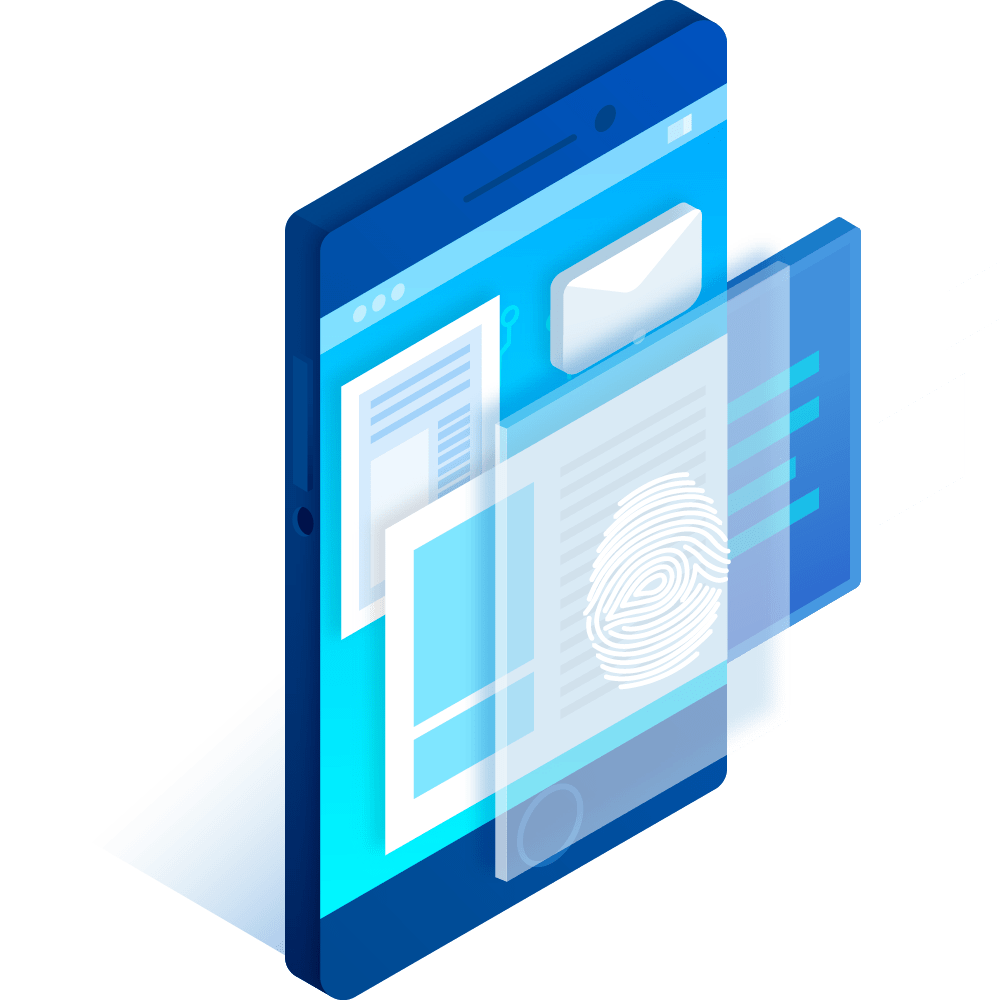
The Bill Moss Sales Contact Database
Related Articles
Leveraging Data Analytics for B2B Sales
In the modern competitive business landscape, organisations are increasingly relying on data to gain a competitive edge and drive revenue growth. Through harnessing the power of data analytics, businesses can extract meaningful insights, identify patterns and trends,...
B2B Data: What it is and how to use it effectively
For B2B sales representatives, the quality and depth of data about a prospect can directly impact the effectiveness of their pitch. In 2023 data has become a driving force behind critical decision-making. Data provides invaluable insights to marketing and sales...
Data Cleansing: The Key to Accelerating Business Growth
Discover how data cleansing can transform your business processes and drive growth. In today's digital age, data is king. From customer information to sales data, businesses are constantly collecting vast amounts of data. However, as valuable as data is, it can also...
Stay Up to Date With The Latest News & Updates
Join Our Newsletter
Follow Us On Socials
Check out our socials for company news, giveaways, infographics, and other business tips.
